If I have an oscillator at 10 kHz outputting 5 W, using AM, like this.

Where does the power in the sidebands come from? Is the power the result of the harmonic relationship between the carrier and it's 2x harmonic and it's 1/2 x (?!) harmonic?
Is the power the result of a fundamental electromagnetic physical principle that power at a certain frequency x always spreads out a bit? And the higher the wattage, the more the spread?
Is this power intentionally generated to produce an RF envelope with a certain bandwidth with the MOST power at the center? If so, don't very high and very low modulating signal frequencies receive attenuation?
And 2) if so, when we say we are broadcasting a 10 kHz, we are really saying we have the most power at. 10 kHz, but we certainly are 'using' a lot more frequency space. And if so, why do we need all that space, I though the AM was transmitting information using modulation of the amplitude of the carrier to propagate a voice waveform.
What are the peaks in the sidebands caused by?

